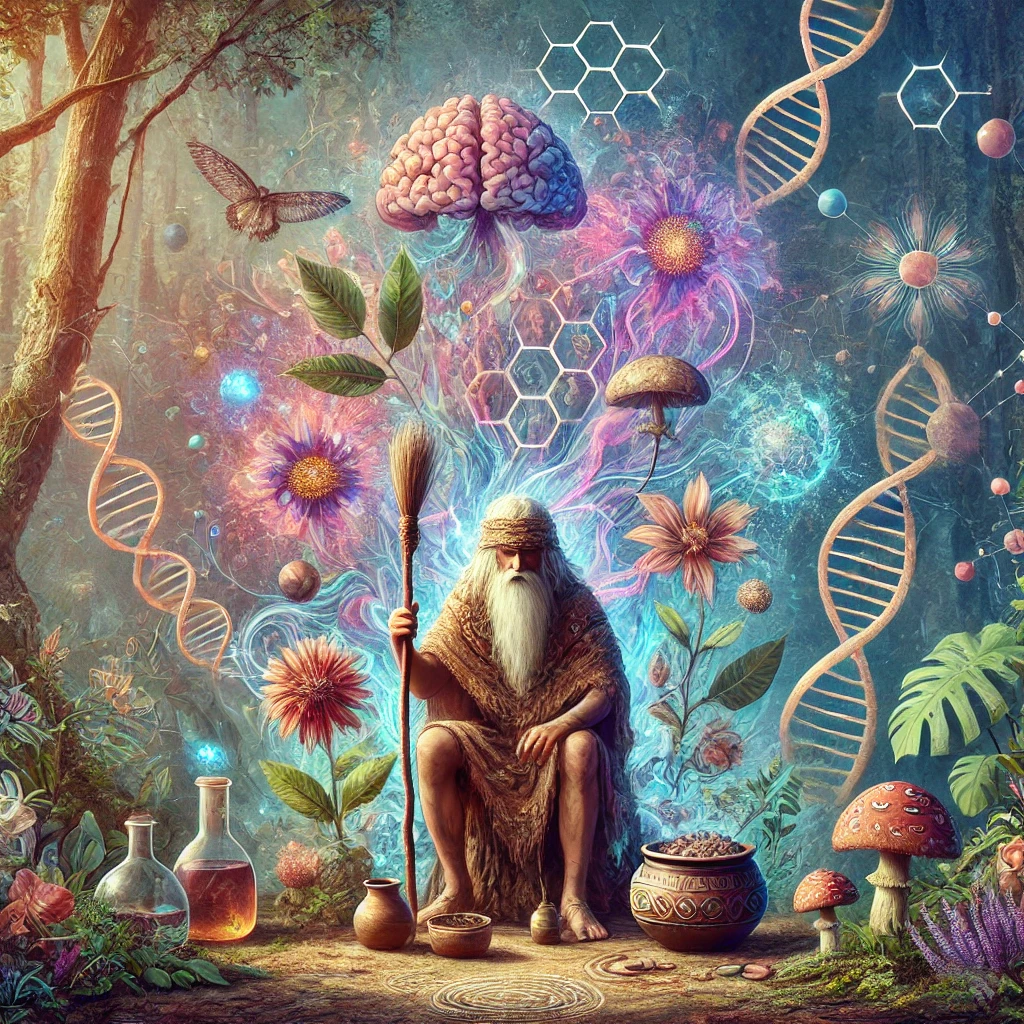Chakras are powerful energy centers that influence both our physical body and spiritual experiences. When our chakras are balanced, we experience vitality and well-being. However, imbalances in any chakra can manifest as physical ailments or emotional disturbances. Let’s explore each chakra, the body parts they govern, and how problems in these energy centers might ripple into our daily lives:
1st Chakra – Root Chakra (Muladhara)
- Element: Earth
- Color: Red
- Body Aspects: Physical foundation, survival, legs, feet, elimination
- Imbalance Manifestation: Chronic fatigue, hoarding, fear of survival, abandonment issues
- Reality Impact: Root chakra imbalances can create fears around basic needs like safety, shelter, or finances. Emotionally, it may manifest as feeling “ungrounded,” leading to scarcity thinking and survival-based instincts dominating your life.
2nd Chakra – Sacral Chakra (Svadhisthana)
- Element: Water
- Color: Orange
- Body Aspects: Digestion, sexuality, kidneys, reproductive organs
- Imbalance Manifestation: Sexual or emotional abuse trauma, lower back pain, menstrual issues
- Reality Impact: An imbalance here may result in power struggles, guilt around pleasure, or unhealthy emotional expression. This could manifest as difficulties with relationships, self-esteem, or creative blocks.
3rd Chakra – Solar Plexus Chakra (Manipura)
- Element: Fire
- Color: Yellow
- Body Aspects: Stomach, liver, pancreas, metabolism
- Imbalance Manifestation: Gastrointestinal disorders, low energy, victim mentality
- Reality Impact: The Solar Plexus governs personal power and confidence. Imbalances can lead to feeling powerless, constantly seeking validation, or experiencing burnout. Physically, digestive issues may surface as your body struggles to process energy.
4th Chakra – Heart Chakra (Anahata)
- Element: Air
- Color: Green
- Body Aspects: Heart, lungs, circulatory system
- Imbalance Manifestation: Immune deficiencies, grief, asthma, loneliness
- Reality Impact: When blocked, it can lead to difficulties with giving or receiving love, and unresolved grief might dominate one’s emotional life. This could manifest in physical ailments such as heart or lung issues.
5th Chakra – Throat Chakra (Vishuddha)
- Element: Light
- Color: Blue
- Body Aspects: Throat, thyroid, communication
- Imbalance Manifestation: Fear of speaking out, sore throats, sleep disorders
- Reality Impact: Blockages can lead to difficulty in self-expression or standing up for oneself. You may experience a sense of frustration from feeling unheard, which could affect relationships and your personal or professional life.
6th Chakra – Third Eye Chakra (Ajna)
- Element: Pure Light
- Color: Indigo
- Body Aspects: Brain, nervous system, eyes
- Imbalance Manifestation: Headaches, stress disorders, denial of reality
- Reality Impact: This chakra governs intuition and perception. When blocked, one may struggle with clarity, decision-making, or feel disconnected from their inner guidance. Physically, it could lead to stress-related disorders or vision issues.
7th Chakra – Crown Chakra (Sahasrara)
- Element: Pure Energy
- Color: Violet
- Body Aspects: Brain, skin, nervous system
- Imbalance Manifestation: Depression, hormonal imbalances, cynicism
- Reality Impact: A blocked Crown Chakra can make you feel isolated from others or disconnected from spiritual guidance. It can lead to existential crises or a lack of purpose, often manifesting as mental health issues like depression.
8th Chakra – Soul Chakra (Soul Star Chakra)
- Element: Soul
- Color: Gold
- Body Aspects: Transcendence
- Imbalance Manifestation: Templates of disease, cosmic horror
- Reality Impact: This chakra governs spiritual transcendence and the connection to the higher self. When imbalanced, it may trigger fears of existential proportions or chronic patterns that seem unbreakable, affecting the physical body and reality.
By understanding the relationship between our chakras and our physical and emotional well-being, we can begin to address issues at the energetic level. Healing the chakras not only promotes health but can shift the very reality we experience, helping us to manifest a life of balance, peace, and fulfillment.









